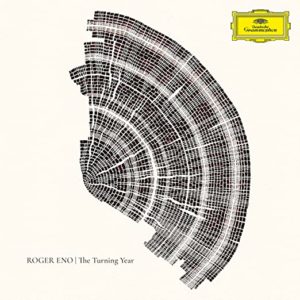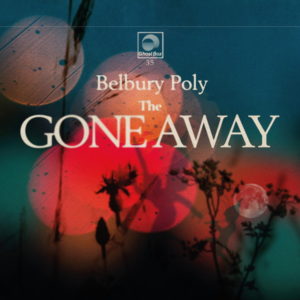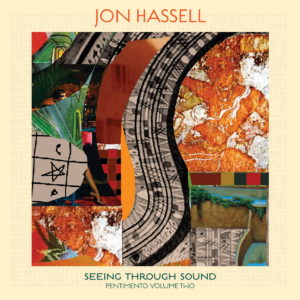In a Station of the Metro
The apparition of these faces in the crowd:
Petals on a wet, black bough.
(by Ezra Pound)
„FIRST HOUR“ (ends with a jukebox)
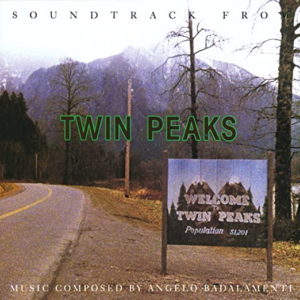
Michael Engelbrecht: What was the basic idea that triggered „Warp“ as a melange of solo piano composition and all the other things and sounds surrounding the Steinway?
Jon Balke: I think the starting point was an abstract idea about making an architecture of sound: walls, curved spaces, light and darkness, actually a question: can this be done? Can we experience sound as a physical environment? And then as I developed my piano playing in paralell. I wanted to try to place the piano inside these imaginary spaces. I am still not sure if I achieved what I wanted, but the process is very intriguing and interesting.
Rickie Lee Jones: Show Biz Kids (It‘s Like This, 1991)
Angelo Badalamenti: Twin Peaks Theme (Music from Twin Peaks, 1990)
talking one – „do you remember Twin Peaks, 1989?“
Jon Balke: Kantor (Warp, 2016)
Radiohead: Dollars and Cents (In Rainbows, 2007)
Anna Gourari / Giya Kancheli: Piano Piece No. 15 (Elusive Affinity, 2019)
Mark Hollis: A Life (1895-1915) (Mark Hollis, 1997)
Budd / Eno: Not Yet Remembered (The Plataux of Mirror, 1981)
Robert Wyatt: Maryan (Shleep, 1997)
talking two – „on evergreens and everblues“
Chris Watson: The Sounds of Lindisfarne (In St. Cuthbert‘s Time, 2013)
T. Rex: Cosmic Dancer (from Electric Warrior, 1971)
„SECOND HOUR“ (ends with a darkness)
STERNZEIT
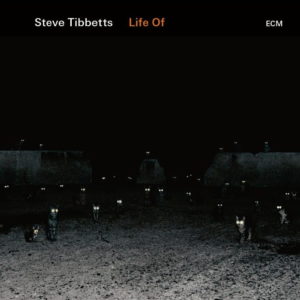
Michael Engelbrecht: Listening to „Life Of“ you can easily feel something brooding, some darkness, a certain twilight zone. Is the origin for these sensations unknown – or somehow graspable? Echoes from all those „stranger things“ you experienced in Asia?
Steve Tibbetts: There is sometimes a sort of credulous enthusiasm to believe in „stranger things“, as you say, especially in Asia. Nonetheless there does seem to be a certain permeability to the fabric of reality in some places in the world. A friend of mine called it „thinness.“ You can look for that in music and art as well. You listen and there is a quiet collapse of duality, self and other. This might sound terribly exotic or over-thought, but if you watch your mind when you listen to music you might witness a kind of melting.
Steve Tibbetts Life of Alice (Life of, 2018)
(my story with „Klanghorizonte“ began with a tape cassette Steve sent me from St. Paul, with sounds from the Rocky Mountains, children‘s voices, monk chants from the Far East. With that cassette at hand, I started contacting German radio stations, and I did my first radio features about Steve‘s music in November 1989 – on the same day these shows were broadcasted by the NDR (Michael Naura) and Deutschlandfunk (Harald Rehmann). That was a problem, so I wrote two completely different texts and used different stories from Steve. The content of that transatlantic interview ended up, too, als liner notes on Steve Tibbetts‘ great album „Big Map Idea“.)
Tunng: Eating The Dead (Tunng presents Dead Club, 2020)
talking three – „an English journey“
Mike Sammes: Tuc / Timex (Music for Biscuits, 1973)
Brian Eno: This (Another Day On Earth, 2005)
Darren Hayman: Wysall, (Thankful Villages, Vol. 3, 2018)
David Bowie: tis a pity she was a whore (Darkstar, 2016)
John Surman: Trethewy Quoit, (Road to St. Ives, 1990)
Incredible String Band: (a song from Wee Tam & The Big Huge, 1971)
Paul Giovanni: Searching for Rowan (The Wicker Man O.S.T, 1973)
Damon Albarn: Esja, The Tower of Montevideo (The nearer…, 2021)
talking four – „the magic of field recordings“
Jana Winderen: (Spring Bloom In The Marginal Ice Zone, 2017)
Leonard Cohen: You Want It Darker (You Want It Darker, 2018)
„THIRD HOUR“ (ends with a celebration)
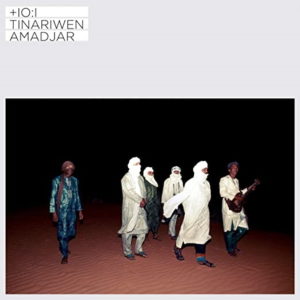
talking five – „our life in the bush of ghosts“
V.A. – Bayu Bayu (from: West Java – Sundanese Jaipong, 2003)
Dadawah: Run Come Rally (Love and Peace, 1974)
Tinariwen: Hayati (Elwan, 2017)
Sussan Deyhim & Richard Horowitz: Got Away (Desert Equations, 1986)
Tinariwen: Iklam Dglour (from: Amadjar, 2019)
Keith Hudson (from Flesh Of My Skin…, 1974)
Codona: Que Faser (from: Codona 2, 1981)
talking six – „ECM classics“
Keith Jarrett: Long As You Know You‘re Living Yours (from BELONGING)
KALENDERBLATT
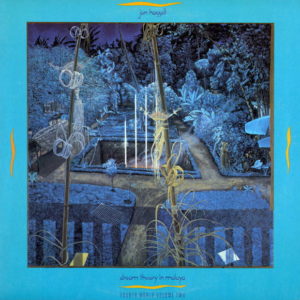
“FOURTH HOUR“ (ends with 50 words for snow)
Les Baxter: Zambezi (Tamboo, 1955)
Various Animals: Hippopotamus (Animals of Africa)
Burnt Friedman: Mura (from Bokoboko, 2011)
talking seven – „dancing, dreaming, meditating“
Underworld: mmm Skyscaper … (dubnobasswithmyheadon, 1997)
Brian Eno: Fractal Zoom (Nerve Net, 1992)
Jon Hassell: Choir Moire (Dream Theory in Malay, 1981)
Jon Hopkins: (Music for Psychedelic Therapy, 2021)
talking eight – „Jon Hopkins on his new album“
Kate Bush: 50 Words for Snow (50 Words For Snow, 2011)
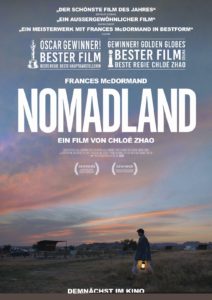
„FIFTH HOUR (part 1)“ (ends with a stranger)
Laurie Anderson: World without end (from: Bright Red, 1994)
Ralph Towner: Entry in a Diary (from: Diary, 1973)
Lambchop: The Last Benedict (from: Showtunes, 2021)
talking nine – „this and that“
Portico Quartet: A.O.E. (from: Monument, 2021)
Robert Plant & Alison Krauss: Quattro (World Drifts In) (Raise The Roof, 2021)

„FIFTH HOUR (part 2)“ (ends with a beginning)
The Allman Brothers Band: In Memory of Elizabeth Reed (Live at Fillmore East (1971)
talking ten – „circle line, district line, waterloo station“ (above my underground photo, April 2014)
801 Live: Tomorrow Never Knows (801 Live, 1976)
When I entered Brian Eno’s studio in West London on a sunny, early April morning, 2014, he was just working on an idea in his head (a special sound maybe, a rhythm, a melodic shape?). I was quiet for a moment so that he could make a mental note. – You look a bit Moroccan, I then said to him. I’ve never seen Brian Eno with a white beard before. He really was in the Moroccan hills a short time ago. What I didn’t know was that he bought a hat there – in that country that was once a “hippie dream world” deep in the last century, but which turned to hell for too many young people. I have known Brian since 1989, and when I’m in London, there are casual meetings once in a while. This time Brian and Karl (Hyde) would play a „concert for one“, happily for me, two days later. The first day of working on their follow-up album „High Life“. When I left the studio, with a copy of SOMEDAY WORLD, I saw Brian setting a pulsating electronic rhythm in motion. Always fun to hear a glimpse of a possible future. Hope he was able to – nearly seamlessly, return to the idea he had in his mind – meaning the completely different place he had been some minutes before!
